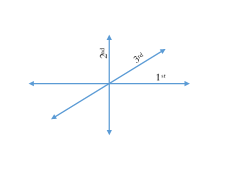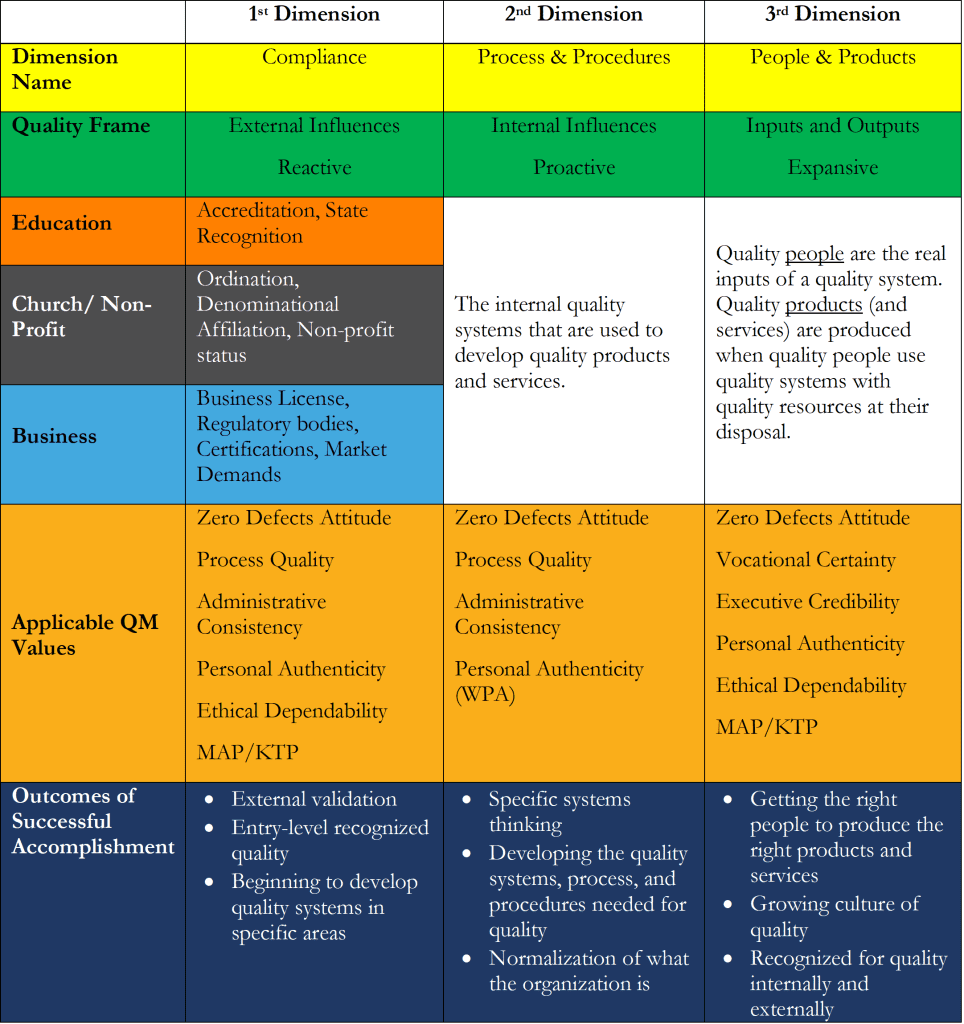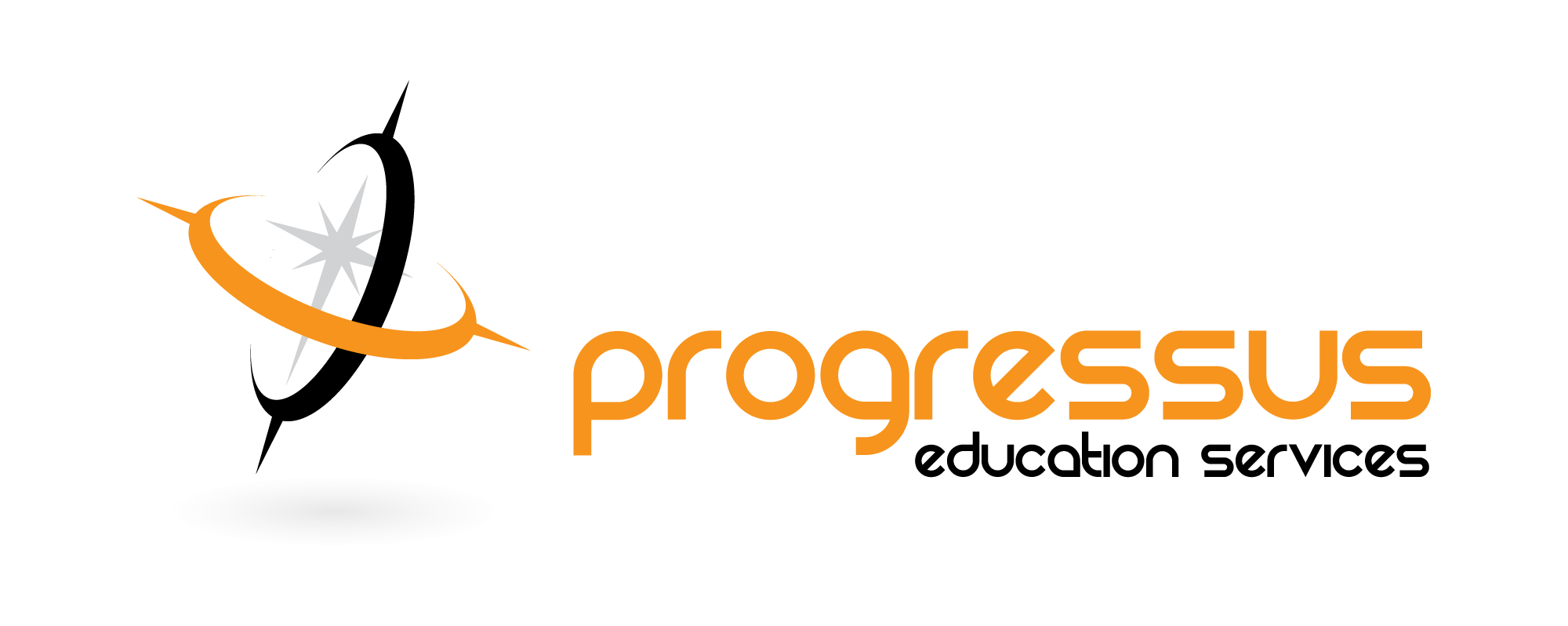For many, quality is a nebulous concept. It can be something achieved generally by luck. However, for sustainable, definite quality, it must be achieved by design.

When we think about quality at Progressus, we think of it in terms of 3-D quality or, said another way, quality across three dimensions:
- Permission
- Process & Procedures
- People & Products
Discussion
While no organization is completely one-dimensional, there are failures to recognize shortcomings in the dimensions covered below. Considering how leaders of an organization can understand the concept of quality as it pertains to the organization in these three dimensions will help them have a fuller understanding and application of quality across all aspects of the organization.
It is important to note that the three dimensions are not exclusive of each other or linear, necessarily. While a lower-level Compliance-stage QM effort may happen first (getting a required business license), it is probable that the need for the license requires getting the right people and setting up the processes. The three dimensions, in a good quality mindset, should be considered simultaneously and continuously.

1st Dimension: Compliance
The first dimension of quality refers to the external influences put upon the organization in order to function in the marketplace. In some cases, these are regulatory/compliance organizations such as the state in which an organization operates, field regulatory groups, accrediting bodies, or certification bodies through which the organization seeks recognition. For a church or non-profit, it may be ordination or ministerial credentials, denominational affiliation, or even the non-profit status. For the for-profit business, it includes the state requirements for incorporation and licensing, regulatory bodies for the specific field (when applicable), certifications desired by the business, and market demands. These external influences are the sources that frame what quality looks like in the organization when they are the sole influence.
The danger in submitting to only external sources to frame the quality of an organization is that it does not always align with the mission and vision of the organization and, more importantly, it is incomplete. Recognizing that no external source can provide the specificity needed to guide an organization into quality is vital.
First-dimensional quality is reactive.
2nd Dimension: Process and Procedures
Once an organization and its leaders recognize that quality is vital to the growth and continuance of the organization, an internal focus on quality begins to develop. Despite what external groups require to be recognized as a quality organization, the internal frame of quality shapes the processes and procedures that are necessary to carry out the work of the organization. To that end, those within the organization begin to specify how things need to happen, how products and services should be developed, and what quality systems should be in place to guide the operations of the organizations.
When leaders grapple with how things should work, they begin to control how the organization will perform its work and, in doing so, begin to paint the picture of what the organization is to those within and outside of the organization. Instead of being reactive, the organization and its leaders specify the direction of the organization more from their point of mission and vision. Instead of living with the status quo of compliance-driven quality, internally focused quality seeks regular improvements towards efficiency and excellence.
Second-dimensional quality is proactive.
3rd Dimension: People and Products
People are the greatest resource of an organization. Products (and services) an organization delivers are its reason for being. As a result, organizational leaders must have quality in selecting, developing, and caring for their people who will be the ones to deliver the products and services of the organization. By developing an exceptional culture that makes quality people a priority, leaders can release them to use the quality systems, processes, and procedures to produce. When given this release, people can operate within the quality systems and help the organization grow and lead the field.
When an organization has this level of quality, the compliance-level quality will retain its importance. However, it will be more of an afterthought as the organizational quality will surpass what is required by the external forces. There is ownership of the direction, not reactive response.
From this decisive position, growth occurs within the organization. This is largely due to the physical and metaphysical constraints of what is in place when people grow. Growing people are almost unable to stay the same. Growing people nearly force growth in an organization.
Third-dimensional quality is expansive.
Take Action
With this knowledge, leaders must make the steps to go beyond surface-level perceptions of quality and reach for the depth that a 3-D Quality mindset requires. At Progressus, we offer a certification program that can help you develop this mindset as well as application services to help you implement across your organization.
Contact us today:
(918) 895-1185


Comments are closed